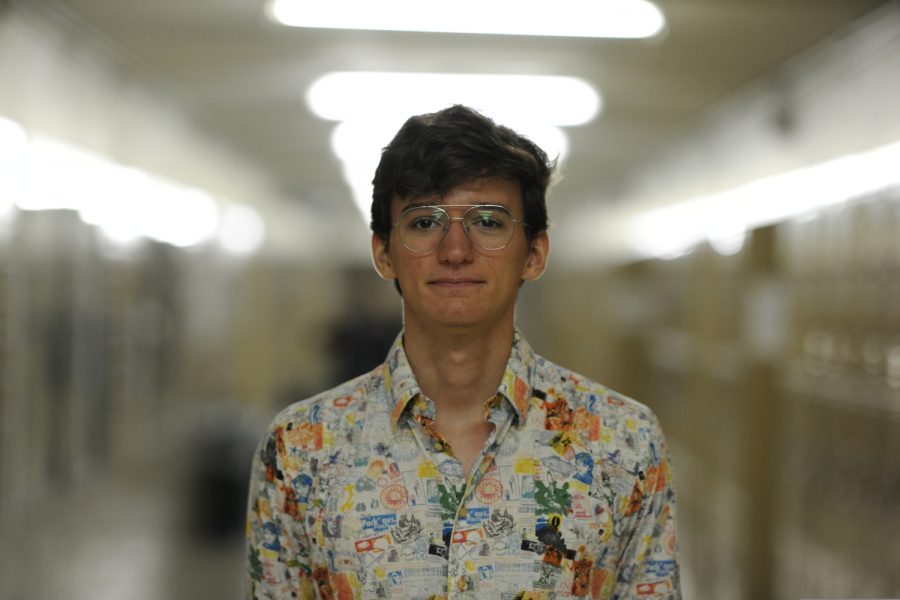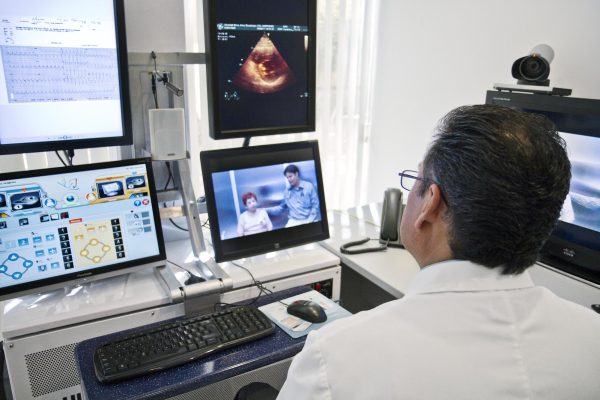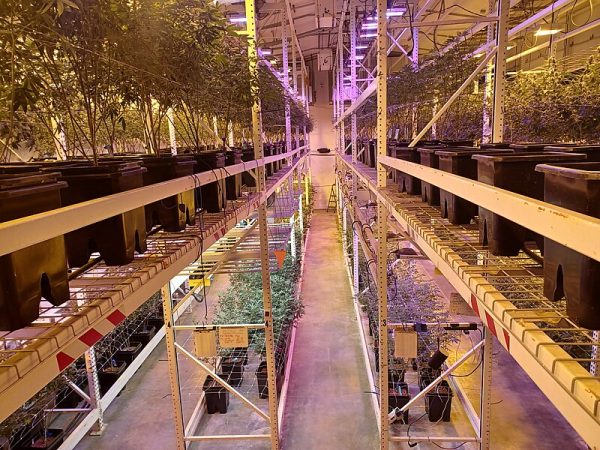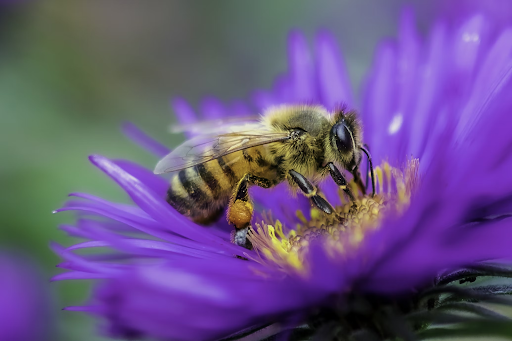Discoveries in Space
Lukas Brand Baugher ’19 shares his thoughts on recent astronomical discoveries.
NASA’s Transiting Exoplanet Survey Satellite (TESS), launched in April 2018, discovered, about one year later, in April 2019, its first planet with a size comparable to that of Earth. The planet orbits HD 21749, a K-type star in the Reticulum constellation approximately fifty-three light years from Earth. According to NASA, the planet is likely rocky and orbits close to the star, completing one orbit in less than eight days. It is also thought to be very hot. Surface temperatures may be as 800°F /427°C.
“Travelling to other planets is a pipe dream, but it is exciting that we have the potential to observe how life looks like on other planets,” said Lukas Brand Baugher ’19.
Although such a high surface temperature would likely mean that this planet is too hot to support life, it is also only the first Earth-sized world found by TESS on its two year planned mission. The satellite is expected to find 20,000 exoplanets over the course of the mission, compared to the approximately 3,800 known exoplanets when it was launched. This opens up a large realm of possibilities for what we can discover out in space.
Also in April 2019, a study revealed that four planets even closer to Earth, previously thought to be uninhabitable, could potentially be home to extraterrestrial life. These planets, Proxima-b, TRAPPIST-1e, Ross-128b, and LHS-1140b, are located in the Centaurus, Aquarius, Virgo, and Cetus constellations, respectively. The closest of these planets, Proxima-b, is only 4.24 light years away.
Previously, high levels of radiation from the planets’ stars were thought to preclude life on these worlds, but according to ‘Lessons from Early Earth: UV Surface Radiation Should Not Limit the Habitability of Active M Star System,’ a study published in ‘Monthly Notices of the Royal Astronomical Society,’ Earth in the past had even higher levels of surface radiation than these planets today, and life on Earth could survive at the time. Therefore, the radiation does not rule out the possibility of life on these alien worlds. Other factors apart from the radiation itself would also have to considered, such as ozone levels, if life on the planet possessed adaptations that would help it to survive high levels of UV radiation, such as protective pigments or bio-fluorescence, or life on the planet lived under soil, water, or rock, which may also make it easier for life on the planet to survive.
Spectroscopy can allow us to potentially view life from a distance. We can detect if a planet has methane, oxygen, or even smog from the pollution of an alien civilization. “Travelling to other planets is a pipe dream, but it is exciting that we have the potential to observe how life looks like on other planets,” said Lukas Brand Baugher ’19. There is much we can find out in space.
Joachim Romanosky is a Staff Reporter for ‘The Science Survey’ and an Editor-in-Chief for ‘The Observatory.’ He enjoys being able to create a final...
Nate Lentz is a Photo Editor and Chief Photographer for ‘The Observatory.’ Nate has always had a great appreciation for the world around him, and uses...











